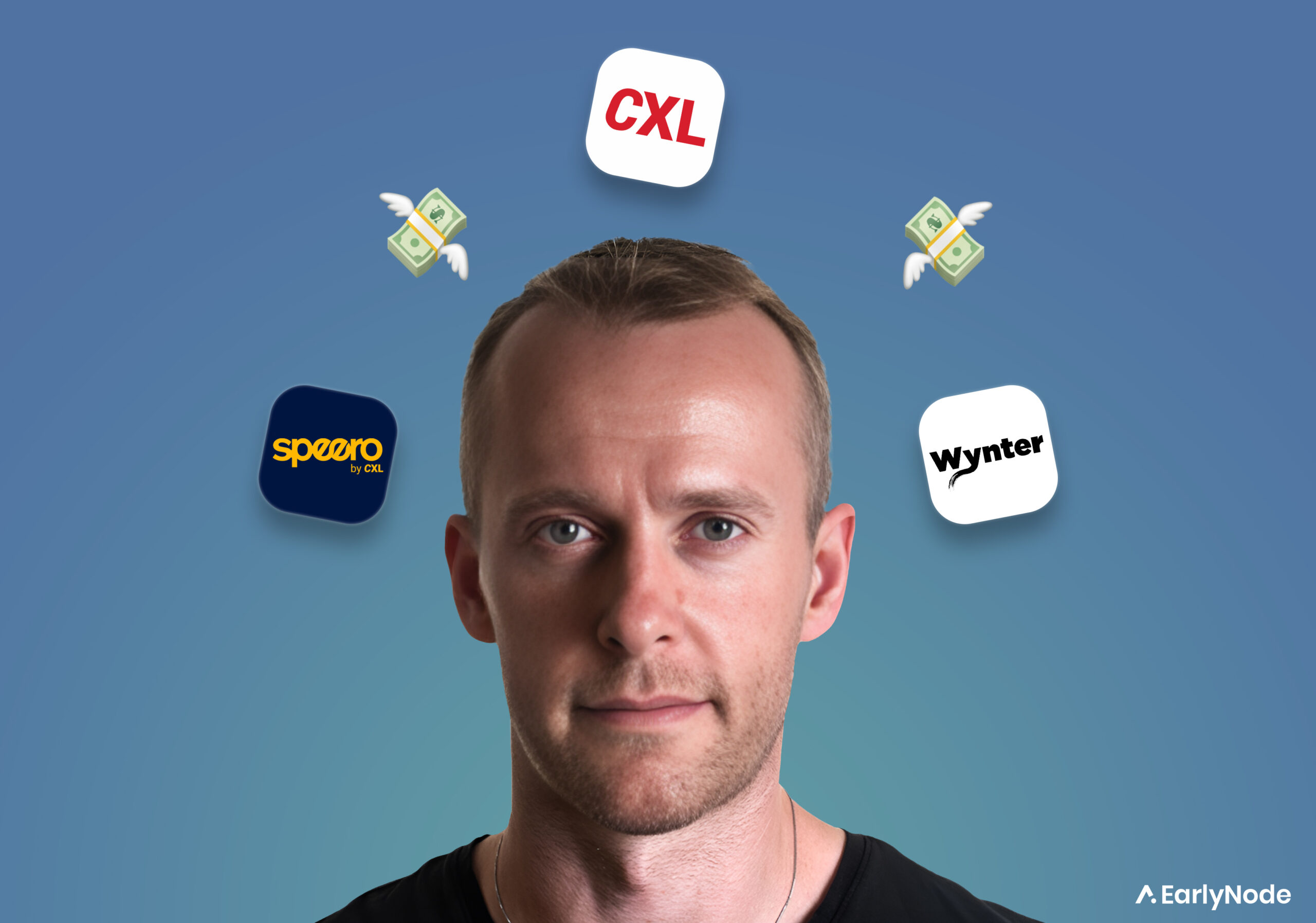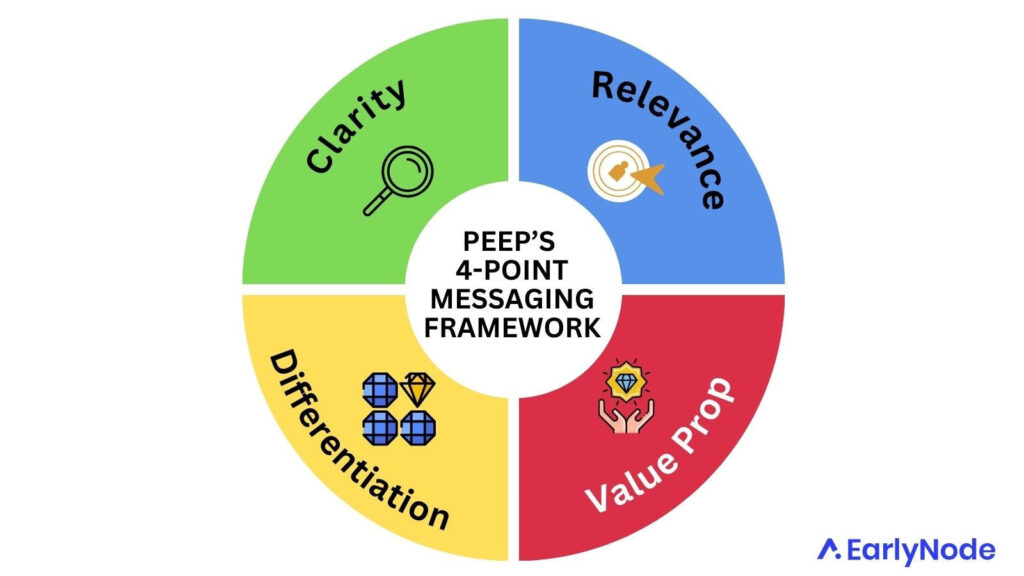Achieving Message-Market Fit with Peep Laja (Founder @Wynter)

Peep Laja is a serial entrepreneur. He’s bootstrapped 3 companies to 7-figures. His latest venture is Wynter, a B2B message testing platform that has already hit $2M ARR within 2 years.
In The SaaS Operator newsletter from 7 December 2023, you’ll learn:
- The concept of message-market fit.
- The 4-point framework to craft your product messaging.
- How to create and dominate a category as a bootstrapped startup.
This week, we’re diving into a crucial yet often-overlooked aspect of marketing:
👉 Positioning & Messaging.
While many brands are busy refining their marketing tactics, the true foundation, positioning, is left in the dust.
🎯 Positioning: The Forgotten Foundation of B2B Marketing
Startup founders too often act as if positioning is a set-it-and-forget-it task and only spend a tiny bit of their mental marketing energy on it.
But without nailing messaging and positioning, you are flushing your marketing budget down the drain.
What is positioning?
Peep simplifies it brilliantly:
“The way I think about it is, which group of people are you selling to, and what unique value are you adding to these people? Good positioning makes it clear which bucket people can put you in.”
There is one thing every startup needs to get to, but no one talks about it: Message-Market Fit.
Message-market fit: The forgotten milestone
Let’s face it: most of the people who know your product exists haven’t used it yet.
And that’s normal because mind-share is always a leading indicator of market share.
That’s where message-market fit comes into play. If you don’t get the mind-share, you won’t get the market share, aka, people actually using your product.
You achieve message-market fit when your messaging convinces your target audience that your product is the best choice to solve their jobs-to-be-done.
So having PMF alone isn’t enough. You need both message-AND-product-market fit.
Peep’s B2B messaging framework: a 4-point framework to reach message-market fit
Follow Peep’s 4-point framework to get to message-market fit.

- 🔍 Clarity: Does your audience “get it” when they read your messaging?
- ✅ Relevance: Can your audience see your messaging and think, “This is for me!”?
➡️ Simple example: If you’re a pregnant woman and see an article titled “Best standing desk for pregnant women,” then you know it’s relevant to you.
- ✨ Value Prop: Does your messaging make them see that “aha moment” of your product?
Here is how Peep explains it:
“You’re pitching the ‘promised land’ to the customer, making them think, “Do I want this? Does it benefit my business? Can I trust it?” This isn’t just a clever tagline. It’s the main copy of your homepage. You’re selling the problem, your solution, and maybe three big reasons why it’s great. Getting this right is the hardest part of any page.”
4. 🌟 Differentiation: What specific things sets you apart from your competitors?
💥 Myth Busting: Why “Every startup should create a category” is a lie
Creating a category from scratch takes a huge amount of one specific thing: MONEY.
Boatloads of it!
You don’t only need the budget to capture demand; you must have a budget to educate an entirely new market and create demand. So, unless you’re planning to raise more than $100M in Venture funding, don’t even bother trying.
BUT, there is one aspect of category creation that those with only a few bucks to spend have:
Putting all your focus on one specific sub-category and owning it.
Take Peep’s Wynter, for instance. It’s in the category of research tools but focuses solely on message testing – a sub-category Wynter basically created and dominates.
Remember, positioning isn’t just a part of your marketing strategy; it *is* your strategy. So, take a leaf from Peep’s book and start refining your positioning.




